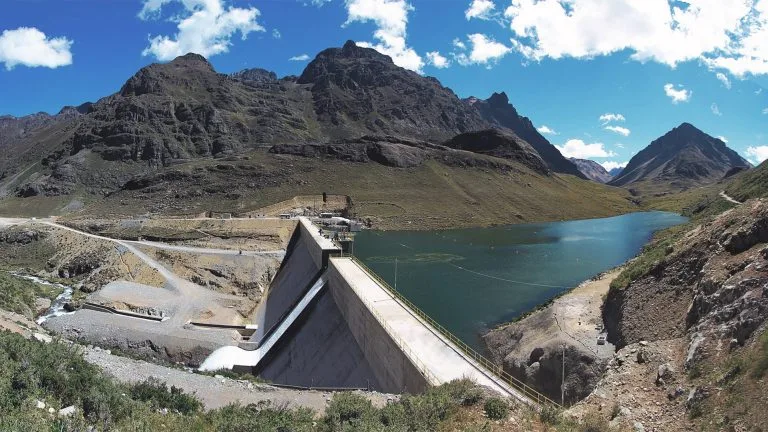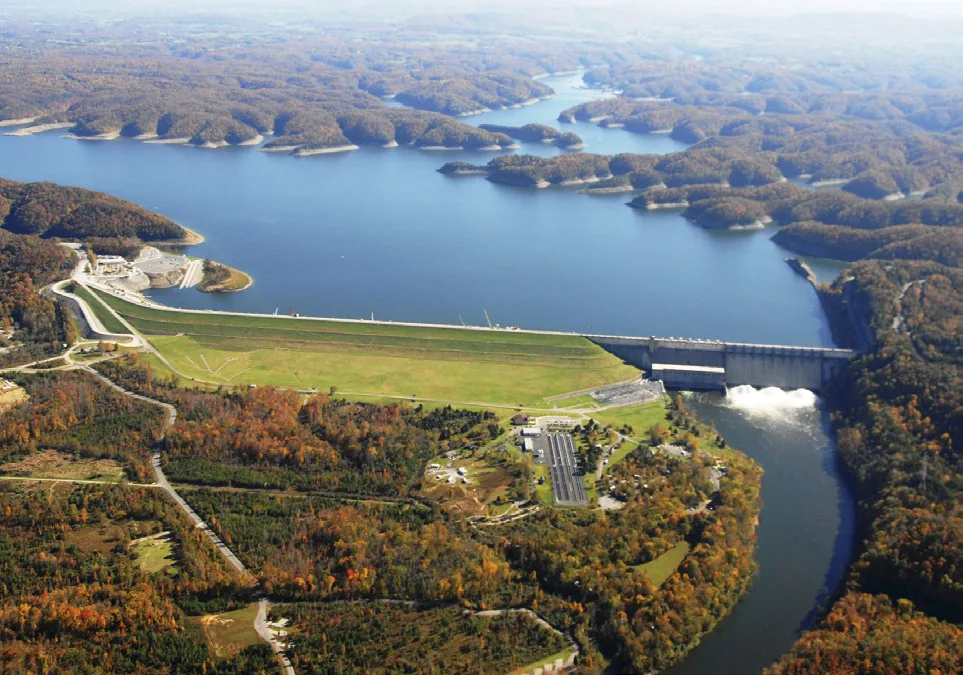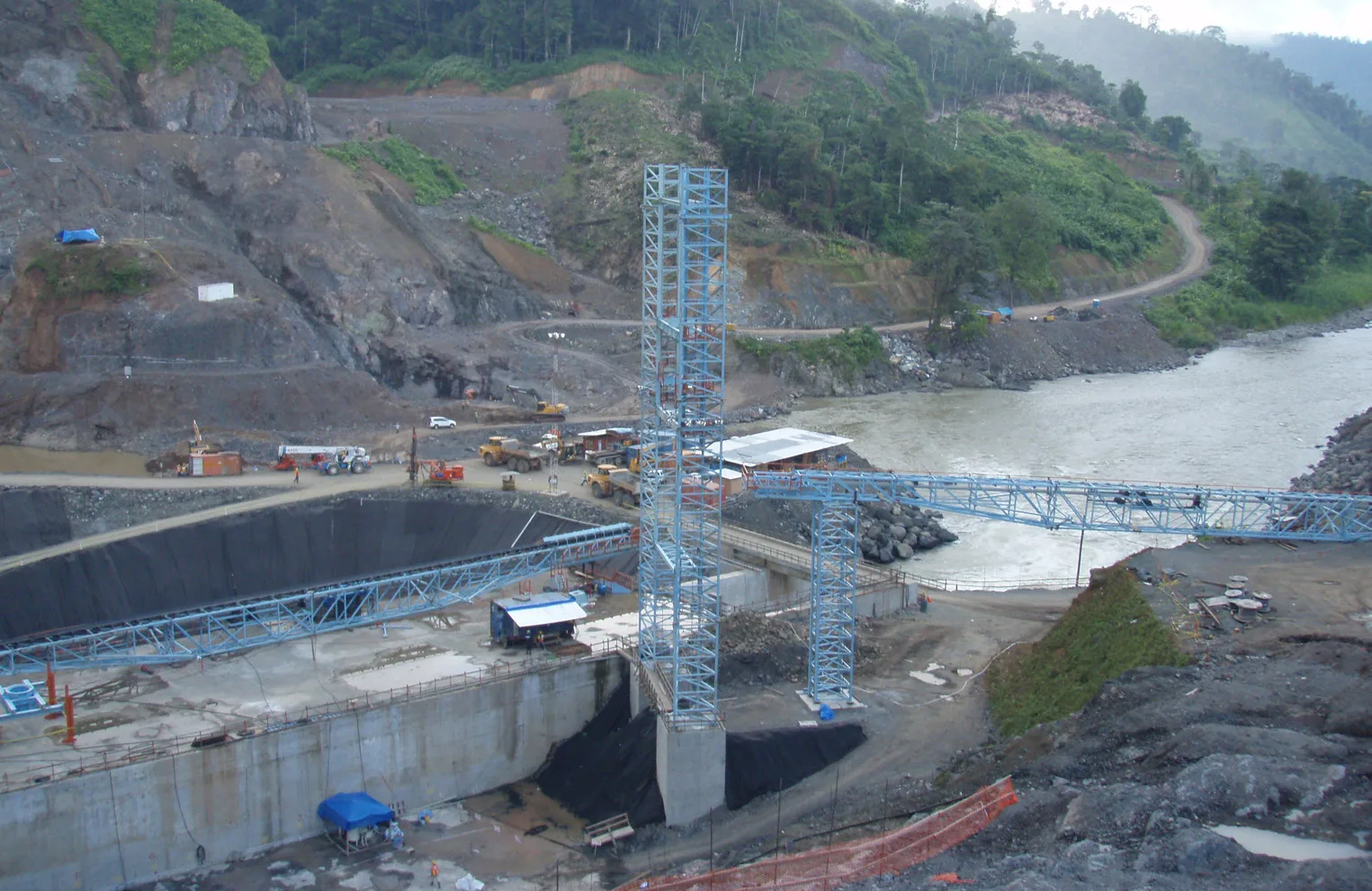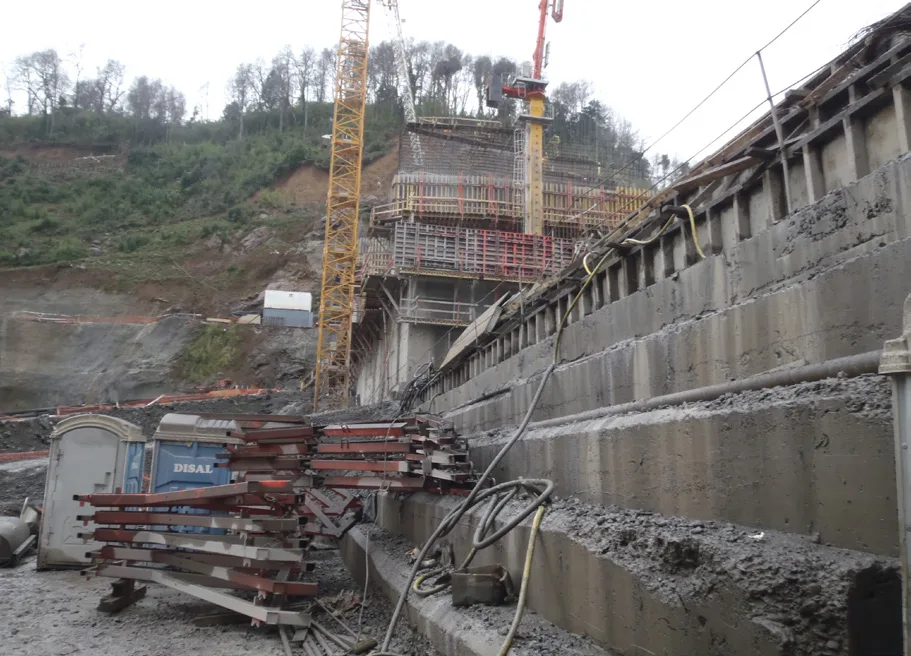
Dams
Wassaras water-powered drill hammer has proven to be benign, as well as giving high performance and creating high boreholequality.
Case studies
See our featured Case studies below to learn what real world Dam-projects our technology has been a part of.



